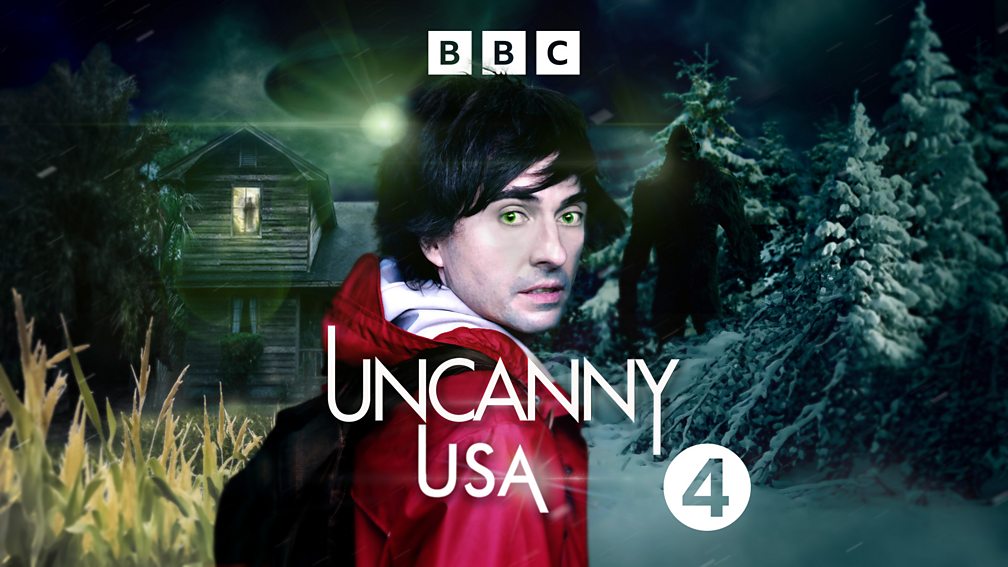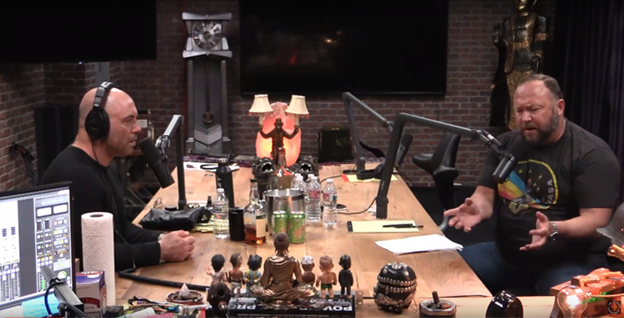It’s normal to have different opinions from those of others around you about many things in life – Marmite, for example. Fashion, parenting styles, whether abstract art is any good – these are the sorts of many-sided conversations popular throughout society and the foundation for debates on daytime television shows like Loose Women, This Morning, or The Wright Stuff. Listener phone-ins on radio stations are also a staple of our culture. Exploring diverse viewpoints can make for interesting (and sometimes frustrating) viewing or listening.
When it comes to reporting, it’s reasonable to assume that the media’s job is to strive for objectivity and to present the truth as fairly and accurately as possible. One way to achieve this is through striking an impartial and balanced approach where all perspectives of an issue are fairly represented, with the audience left to weigh things up and form their opinions. While this might be an excellent approach for subjective matters – such as whether Jaffa Cakes are a biscuit or if it’s wrong to wear t-shirts for bands you don’t listen to – not all subjects should be treated with this kind of balance.
When the media misapply the principle of ‘balance’ to topics of science and fact, the effort to be impartial can lead to the false presentation of unscientific information as factual, respected opinion. This phenomenon, known as false balance, occurs when claims lacking a scientific basis are presented as equally credible as the scientific facts that counter them.
Whether it’s reporting on climate change, vaccination, sex and gender, or something different, the media habit of giving a platform to fringe views for the purpose of balance threatens to mislead the public and undermine the value of the role of science in society. As such, skeptics need to be mindful of how we engage with the media, considering whether our time and effort is spent on media projects that may unintentionally promote pseudoscience.
This is a responsibility that requires a lot of work to uphold and is often easier said than done. As a skeptic who researches and writes about paranormal phenomena, I often get invited to participate in paranormal media projects. These projects are pitched as a refreshing take on centuries-old discourse, with assurances that the shows will amplify the voice of reason fairly. However, I am often left disheartened when I eventually become involved in said projects, as this is frequently not the outcome.

The BBC podcast ‘Uncanny’ provides an excellent example. As a contributor to Season 1 of the podcast, I found myself placed in a ‘skeptic vs believer’ scenario where my well-researched, rational explanations for reported ghost phenomena were treated as equal to claims from paranormal proponents, often citing misinformation, or stating personal opinion as fact. Attending a live event for the show, it dawned on me that I might not be there because I had something valuable to say but because the label of “skeptic” made the ghost stories feel more serious. Talking directly to the eyewitnesses on stage, I felt I had to tread carefully for the risk of venturing into villain territory. I couldn’t shake the feeling that this is not how science is communicated in a space in which it is valued.
Ultimately, I declined to continue contributing to future seasons of the show because I felt that by doing so, I might unintentionally lend credibility to false claims reinforcing unscientific ideas. Engaging with misinformation can shift public discourse away from evidence-based discussions, which can impact personal decision-making and even public policy. Does a paranormal podcast have enough sway to change public policy? It’s unlikely. However, a wealth of research shows that people who hold paranormal beliefs are often more likely to buy into other forms of unscientific belief, too, such as conspiracy theories and alternative health claims.
This sort of false balance is common across mainstream media platforms, where the desire for impartiality often results in a misleading presentation of scientific discussions. In the not-too-distant past, this was quite common in discussions around climate change, where media outlets gave equal airtime to climate scientists and climate change deniers despite the overwhelming consensus on human-caused global warming.
When the media participate in this reporting style, they create a false impression that there are divides within the scientific community on the issue, which is far from the truth. It also provides those who promote unscientific ideas with an authority they do not have and have not earned, which can have dangerous implications regarding the spread of misinformation rewrapped as genuine concerns. These instances of false balance reporting by mainstream media companies lead to significant consequences for audiences, such as the rejection of vaccines or the denial of climate change.
This issue is not only found within mainstream media. The rise of social media content creators who interview controversial figures spreading misinformation has become troubling, particularly when unscientific claims go unchallenged. In many cases, content creators – often lacking the scientific literacy required to fact-check their guests – present these interviews as groundbreaking disclosures, inadvertently lending credibility to the falsehoods shared with impressionable audiences. This content is frequently shared without disclaimers or warnings from social media platforms, often spreading misinformation unchecked.
Most notably, Joe Rogan, host of “The Joe Rogan Experience”, faced significant backlash after featuring guests who spread misinformation about COVID-19 and promoted vaccine denial (such as Dr Robert Malone and Alex Jones). Rogan was criticised for allowing these guests to promote unscientific views on a large platform without challenge.

In stark contrast is the appearance on the “Checkup Podcast” of Dr Steven Gundry, a cardiothoracic surgeon and bestselling author known for his provocative health and nutrition claims. When Gundry controversially suggested that smoking might be linked to a longer lifespan, host Dr Mike directly challenged him on these claims – something that Gundry’s health and nutrition claims typically do not face.
More often, hosts of other podcasts react with uncritical admiration – as in his appearances on the Lewis Howes Podcast and Hone Health Podcast. During those interviews, the lack of critical questioning or fact-checking contributes to an echo chamber where pseudoscientific ideas and even dangerous health claims are treated as valid, sowing distrust in credible scientific information.
When I see science communicators and skeptics appear on “The Joe Rogan Experience” as guests, I often pause and wonder whether this was a good choice given the sort of misinformation shared on that particular platform. With good preparation, sharing a platform with those who work to promote pseudoscience can be beneficial in reaching broader audiences with scientific arguments. However, the risks of legitimising misinformation can be significant if this approach is misjudged or if scientific counterarguments are subject to stylised editing.
My personal example of how this can go wrong proves that this is not always an approach that is successful, and it has associated risks. However, what’s clear is that skeptics can play a role in addressing the false balance that various forms of media give to unscientific claims and their proponents through direct or indirect engagement. As sceptical activists, we can combat false balance by engaging with media platforms that prioritise evidence-based reporting and do not treat our contributions as equal to those spreading misinformation. We can create our own content (through blogs, podcasts, videos, and more) to contribute to challenging misinformation.
Additionally, building relationships with journalists who report on misinformation critically and pitching well-researched stories can all make a difference, as can reporting those instances where misinformation is uncritically shared in the media, and making an effort to promote content from reputable sources (even just hitting the like button on a well-sourced YouTube video or following a podcast on social media can help). By holding media creators accountable and supporting media literacy, we can ensure our contributions are treated seriously, allowing the public to make well-informed decisions and reasoned judgements based on good evidence.
When media platforms present both sides of a scientific debate as equally valid, it creates a false equivalence that undermines efforts to promote scientific truth and critical thinking. By leaving it up to people to decide for themselves, creators patronise their viewers or listeners by suggesting they’re giving them the right to make their own decisions without acknowledging they’ve polluted the information needed to make these decisions with misinformation.
Skeptics can strengthen the impact of our effort to challenge misinformation by making careful decisions about when not to share a platform with those who promote it or when an opportunity might present itself to effectively counter misinformation directly. This approach reinforces the importance of basing public discourse on good information and scientific evidence, rather than giving undeserved legitimacy to unscientific claims through the uncritical sharing of platforms.



